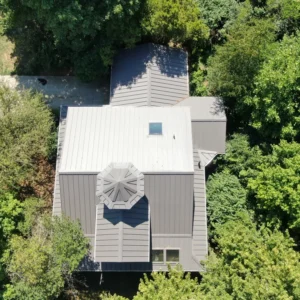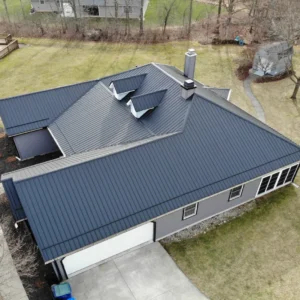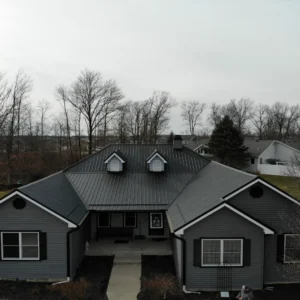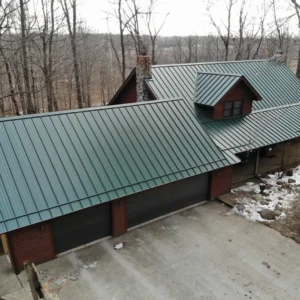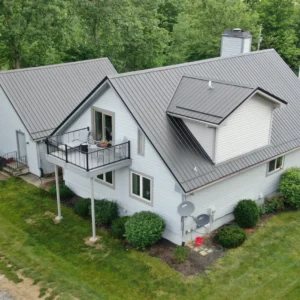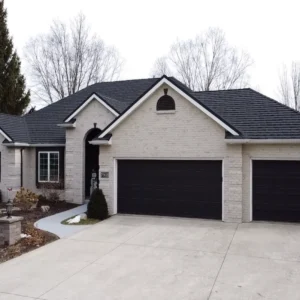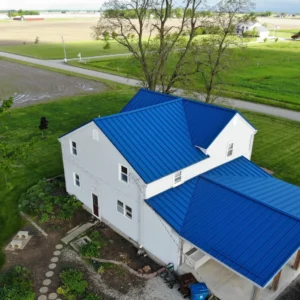Metal roofing frequently asked questions
Learn more about common questions our customers have before starting a project.
Metal Roofing Frequently Asked Questions
Learning Center
Discover the benefits of installing a metal roof
Discover the multitude of benefits that metal roofing can offer for your home through our comprehensive resources. From increased durability and longevity to enhanced energy efficiency and curb appeal, delve into the advantages that metal roofing provides. Our informative materials break down the various aspects of metal roofing, empowering you with knowledge to make informed decisions about your home's roofing needs.
Explore our guides, articles, and case studies to gain insights into how metal roofing can elevate the protection, aesthetics, and value of your home. Whether you're seeking to understand the cost-effectiveness, environmental benefits, or design versatility of metal roofing, our resources provide valuable information to help you make the best choice for your home.
Learn moreMuncie Metal Roof Transformation: A Success Story
A Metal Roofing Transformation in Muncie: A Success Story At 4Ever Metal Roofing, we take pride in e...
Continue Reading...Angola Transformation: Metal Roof Project
Transforming Homes with Metal Roofing: A Journey in Angola At 4Ever Metal Roofing, we thrive on turn...
Continue Reading...Metal Roof Transformation in Indianapolis
A Transformative Journey: Metal Roofing in Indianapolis Last spring, the team at 4Ever Metal Roofing...
Continue Reading...Gallery
Metal roof options for every home
Metal roofs offer an extensive selection of options to enhance and safeguard every home. Regardless of your architectural style or design preferences, there's a metal roofing solution perfectly suited to elevate the aesthetic appeal of your property.
With a diverse range of colors, finishes, and textures available, metal roofs not only contribute to the visual charm of your home but also provide robust protection against harsh weather conditions, ensuring both lasting beauty and structural integrity.
Get startedSpring Into Savings
$999 off a metal roof project + 0% interest & no payments for 12 months + 100-year transferrable warranty
This offer cannot be combined with any other offers or discounts.
By submitting, you authorize our local metal roof partner to reach out via phone, email, or text. You can opt out at any time. Message/data rates apply. Consent is not a condition of purchase. You may unsubscribe at any time.

